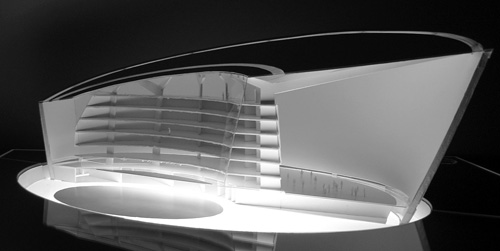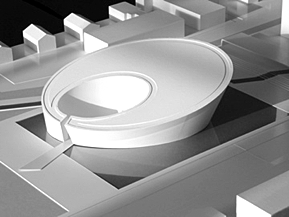The construction of Mosques (and especially the Minaret) in Europe (and, until recently, to a lesser extent in the United States) often attracts fierce opposition by locals. Far-right elements play up suspicions that Muslims intend to take over Europe and America and impose Islamic law (Shariah).
And Mosques are supposedly the forts of the impending Muslim reign – such was the rhetoric employed by fascist Swiss fanatics in their successful bid to ban the construction of Minarets. The Minaret is seen as the most worrying of Islamic symbols – since it stands high, is easily visible and competes with Church bell-towers.
The hype over Minarets is, of course, unfounded Islamophobia. Minarets are not higher than many Church towers and the call to prayer is not broadcast – as is traditional – given Western noise ordinances.
But Western restrictions on Mosques have not lead to Muslim demoralization but to Muslim adaptation. European Muslims are changing the idea of a Minaret – why does the call to prayer have to be a voice, which cannot be broadcast in Europe, why not lighting the call?
That’s the concept behind this Marseilles, France mosque. The light would normally be Islamic green, but green is reserved for ship signals in this port city and red is also out of the question due to the exclusive use by firefighters. Instead the mosque will blink the call to prayer in purple. Noureddine Cheikh, president of the Marseille Mosque Association, says “It’s a good symbol of assimilation.”
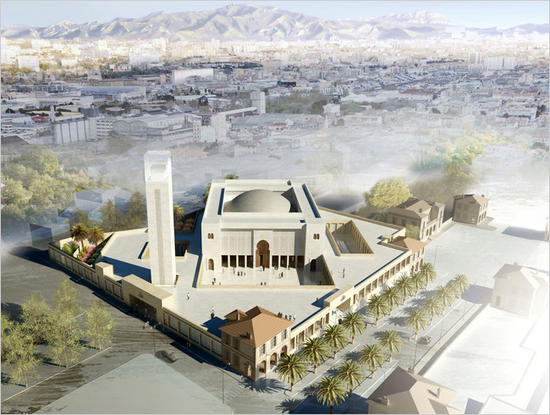
The blinking Minaret concept is certainly a modern look. But some new mosques mosques are truly revolutionary. Upending the idea of what a mosque should look like and incorporating both local architecture and Islamic symbols. A mosque in Islam does have basic features, but these are not written in stone. A house to worship need only be honest. And a rising generation of Muslims is seeking to create a more creative image of a mosque. Consider this seemingly floating Dubai mosque designed by Dutch firm Aedas (all pictures from the firms website).
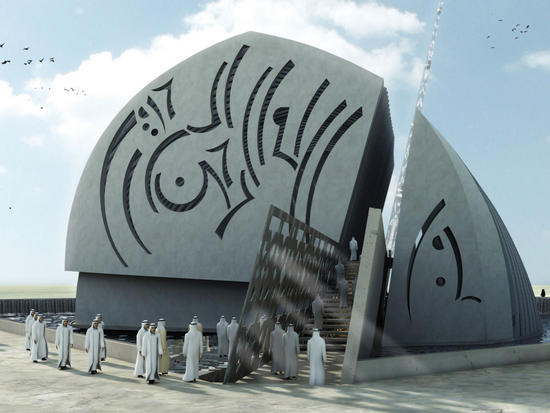
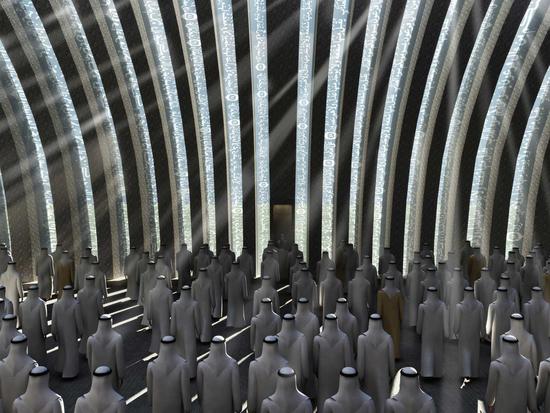

This is a design for a Turkish mosque, quite similar to Manhattan’s famous Hayden planetarium
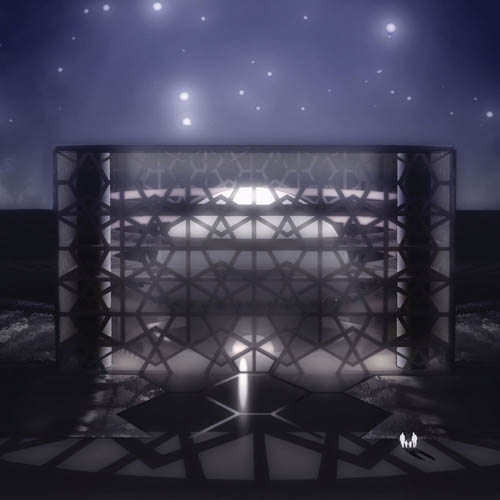
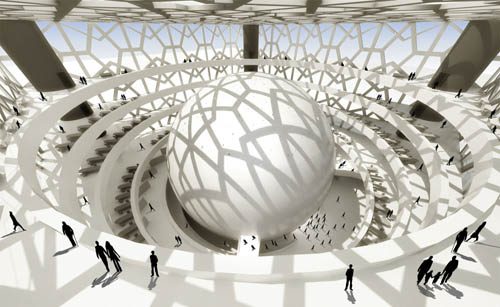
Told you it looks like the NYC planetarium:

Of all the mosque projects I have seen none are as impressive as this one designed by Danish firm Wenzel+Tuxen:
From a distance, Wenzel+Tuxen’s mosque proposal looks like a large eye. There is no trace of a minaret, nor a dome. The building is designed with the capacity for 3,000 worshippers and consists of an open, elliptical central courtyard enclosed by a crescent-shaped building. The structure of the open interior space is focused towards a single vertical strip window, which faces towards Mecca. I met one of the partners of the firm, Lars Tuxen, to find out more about the proposal. He talked about how he perceives many of the problems of Islamic identity in Denmark being to do with the locations in which worshipping Muslims are in. He refers to the fact that many mosques are on the outskirts of town, in socially-deprived areas with cramped, low-quality buildings. “We wanted to somehow make a building that could take all these small mosques and just wipe them out in one way, and then unify and give them a place from where they can define a whole totally new identity.” Wenzel+Tuxen’s proposal focuses on visibility – both from outside and within.
To outsiders the ‘The Grand Mosque’ is proposed as an iconic building, finished in polished concrete, clad in titanium and made on a much more ambitious scale than the original City Council’s requirement. The mosque would have a strong visual impact on the street, particularly at night when the crescent-shaped building is illuminated by light shining from a low-level perimeter window and reflected in a pool surrounding the mosque, giving the whole structure the appearance that it’s floating. The proposal also includes a cultural center that would be open to the public even when the mosque was closed. Future worshippers could see this as an opportunity. Lars suggests, “This is a unique opportunity for the Islamic community to use the building’s volume and identity to talk to the Danes in a different way.”
